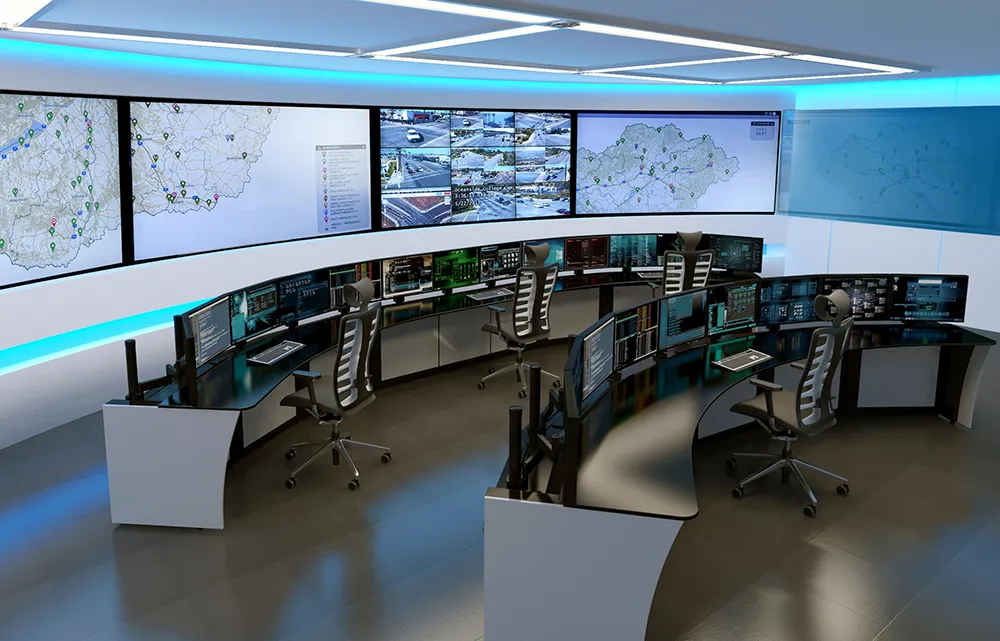The Technical Committee Intelligent Transport Systems (ITS) of the
The document, ETSI TS 103 175 V1.1.1, specifies: the support functions of DCC that need to be in the management plane, i.e. cross-layer DCC operations; the required interface parameters between the DCC management entity and the DCC entities in the facilities, the networking and transport and the access layers; and the testing procedures and corresponding test cases.
The purpose of the DCC operation is to evaluate the load of the active radio channels and to optimise the radio channel usage by managing the ITS-S DCC parameters. Another purpose is to keep track and help the exchange of DCC parameters which cannot be conveyed via the data plane between the different layers.
Cross layer DCC management standard published
The Technical Committee Intelligent Transport Systems (ITS) of the European Telecommunications Standards Institute (ETSI) has issued its technical specification, Intelligent Transport Systems (ITS); Cross Layer DCC Management Entity for operation in the ITS G5A and ITS G5B medium. The document, ETSI TS 103 175 V1.1.1, specifies: the support functions of DCC that need to be in the management plane, i.e. cross-layer DCC operations; the required interface parameters between the DCC management entity and the DC
June 17, 2015
Read time: 2 mins









